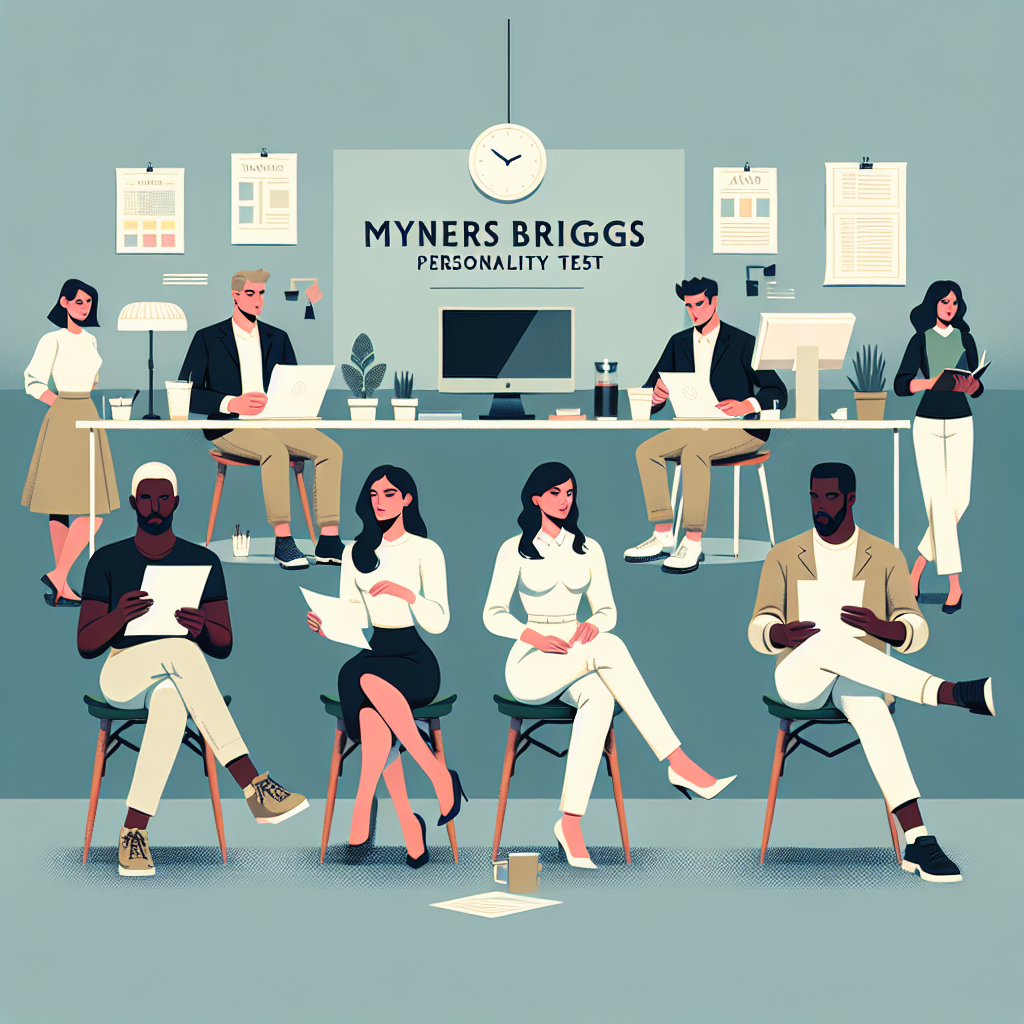Taking a Myers Briggs Personality Test Free: Expert Tips and Strategies can help you better understand your preferences and how they shape your work, relationships, and learning styles. Whether you’re preparing to take a free MBTI-style assessment online or trying to interpret your results from a reputable source, this guide offers practical steps to get accurate, useful insights without paying for premium reports.
How to approach a free Myers-Briggs test
Free versions of the MBTI-like instruments vary in quality. To get the most reliable outcome, treat the process like a self-observation exercise rather than a quiz to “pass.” Be honest, answer based on typical behavior (not aspirational behavior), and choose the option that most often matches your preferences in day-to-day life.
Before the test
Prepare by reflecting briefly on how you recharge, make decisions, gather information, and organize your environment. Consider scenarios from work, home, and social settings; this helps avoid skewing answers according to a single context. A calm, interruption-free environment will increase focus and reduce random responding.
During the test
Respond quickly to your gut reaction. Many validated personality measures rely on instinctive responses rather than prolonged deliberation. If an item truly feels ambiguous, pick the option that describes your most common pattern across situations. Avoid repeatedly choosing neutral or middle options unless they truly fit.
Free Myers-Briggs Personality Test Strategies
Interpretation matters as much as the label you receive. Use these strategies to turn raw type information into actionable insight.
- View results as preferences, not limitations. Types suggest favored modes of thinking and acting, not abilities.
- Compare your reported type with behavioral evidence: feedback from colleagues, learning habits, and energy patterns throughout the day.
- Seek multiple perspectives: take two different free assessments to see consistent patterns, then focus on overlapping elements.
- Document examples that illustrate each preference—this creates a more nuanced, practical map of your tendencies.
Using results for career and teamwork
Apply your type to realistic goals. For career exploration, identify job functions aligned with your natural preferences (e.g., planning/organizing roles for judging types, exploratory or research roles for perceiving types). In teams, share type insights to improve communication and task allocation—knowing who prefers big-picture brainstorming vs. detail-oriented follow-through reduces friction.
For more theoretical context on how personality frameworks and scientific theories intersect, see this discussion of the groundbreaking theories of Nassim Haramein and Max Planck bridging the universe’s mysteries, which explores how different paradigms frame human understanding.
Common pitfalls and how to avoid them
Avoid common mistakes that skew test usefulness:
- Over-identification: Don’t let a four-letter code become a fixed identity. People evolve and adapt.
- Confirmation bias: If you expect a certain outcome, you might interpret ambiguous questions to fit that expectation.
- Single-test dependency: Relying on one short quiz can be misleading—cross-check with other resources and personal history.
When to seek professional interpretation
If you need the MBTI for clinical, coaching, or organizational development purposes, consider consulting a certified practitioner who can administer the official instrument and contextualize results for development plans. Free tests are useful for self-exploration but don’t replace professional assessment in high-stakes contexts.
Resources for further reading
To learn more about the MBTI framework, psychological validity, and practical applications, consult reputable summaries and literature reviews. A concise overview of the Myers–Briggs Type Indicator and its history can be found in encyclopedic entries that summarize empirical debate and usage:
Encyclopedic overview of the Myers–Briggs Type Indicator
Quick checklist before you take a free MBTI-style test
- Choose a quiet time and honest mindset.
- Answer for your typical self across contexts.
- Take at least two different free assessments to spot consistent patterns.
- Use results to generate examples and action steps, not as a fixed label.
Frequently asked questions
Q: Are free Myers-Briggs tests accurate?
A: Free tests vary. Short quizzes can indicate likely preferences but lack the rigorous scoring and validation of official instruments. Use them as exploratory tools and corroborate with other sources.
Q: Can my MBTI type change over time?
A: Preferences can shift with life experience, roles, and intentional development. It’s common for people to report different preferences at different life stages; growth and learning can broaden how you express traits.
Q: How can I apply my results at work?
A: Translate preferences into practical adjustments: match tasks to energy patterns, clarify communication styles in meetings, and negotiate responsibilities that fit team members’ decision-making and planning tendencies.



